The University of Oxford's Ashmolean Museum has announced plans to return a 500-year-old bronze statue of a Hindu saint to India, following the receipt of a request through the country's high commission in London.
The bust of the 16th century poet and saint Tirumankai Alvar was acquired by the museum at an auction in 1967, and the consent of the Charity Commission will be required for it to be returned.
It is thought that the piece may have been looted from southern India at some time centuries ago, but the museum website says it was acquired from Sotheby's auction house in good faith.
"According to the Sotheby's catalogue, the bronze was sold by the private collector, Dr J R Belmont (1886-1981). We currently have no indication of how the bronze entered his collection and we continue to investigate the provenance with the support of the Indian high commission," the museum said.
An independent scholar is believed to have noticed the piece in the museum collection toward the end of 2019 and alerted the Indian authorities.
The Ashmolean then received a formal claim to the piece in March 2020, but a planned curator's visit to India for further discussions had to be postponed for two years because of the novel coronavirus pandemic.
"A team from the museum visited Tamil Nadu a few months ago and verified the pictures we have got as evidence to prove the provenance of the Tirumankai Alvar temple," Shailesh Kumar of the Additional Director General of Police told The Times of India newspaper. "The process is on the right track."
Many countries in Asia and Africa, and also some in Europe, are now actively involved in campaigns and negotiations to have historic artifacts that have left their borders in questionable circumstances returned from museums and collections overseas.
India's position as a former colony of the United Kingdom and the two countries' long-established and complex relationship means there are other items in British hands that have disputed ownership, most famously the Koh-i-Noor diamond.
The stone, one of the largest cut gems in the world, was taken by the British after victory in a battle in northern India in 1849 and presented to Queen Victoria, who was then Empress of India.
India has made several claims to ownership of the item, as have the governments of Afghanistan, Iran, and Pakistan, but the stone remains part of the crown jewels collection, on display in the Tower of London.
New visitor information put up in the collection in 2023 acknowledges that the diamond is a "symbol of conquest" and that its previous owner, the 10-year-old maharajah of Lahore, was "compelled" to hand it over.
The other rival claims to the stone are also mentioned as part of what exhibition curator Charles Farris, from Historic Royal Palaces, told The Guardian newspaper was an "incredibly complex story".








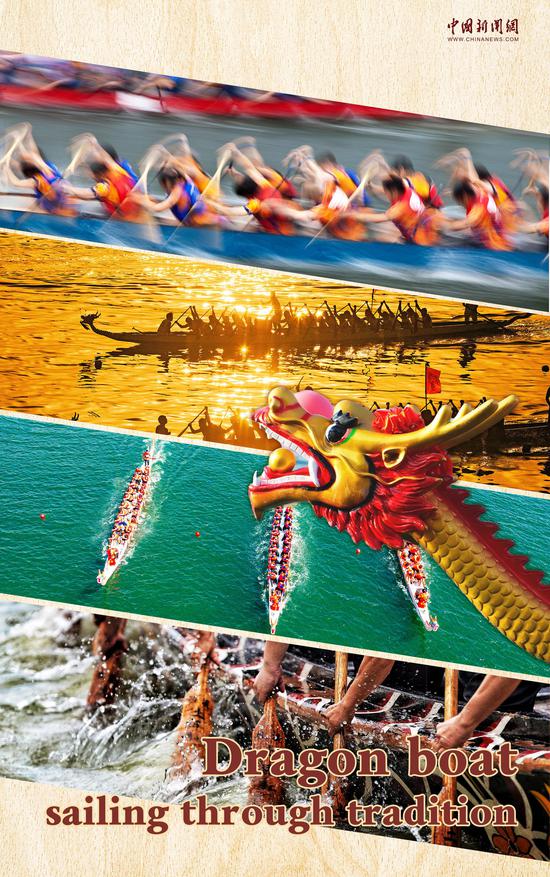
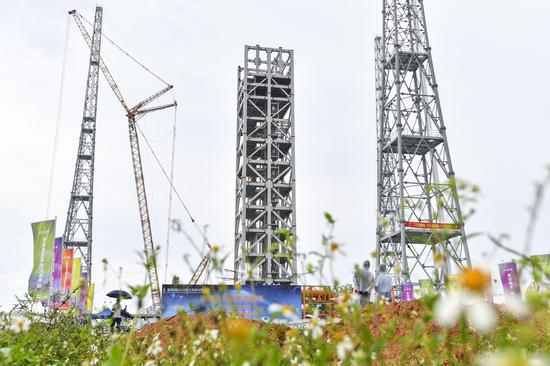
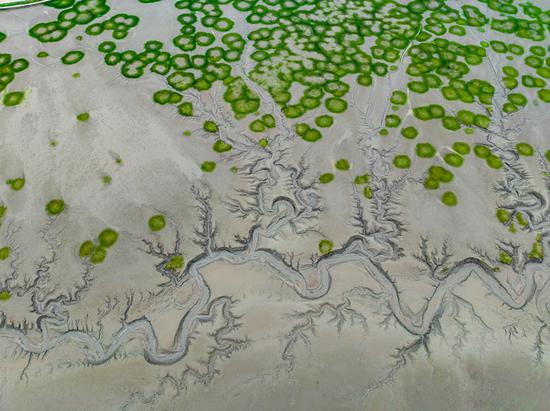
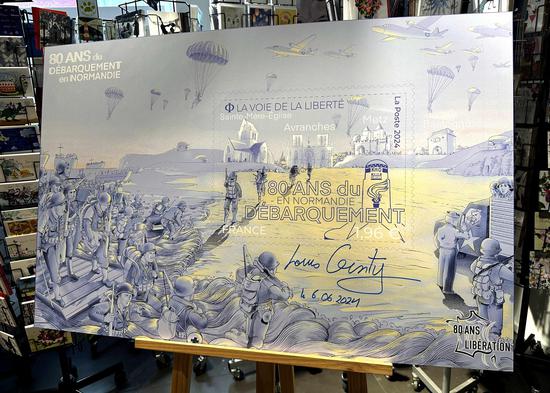


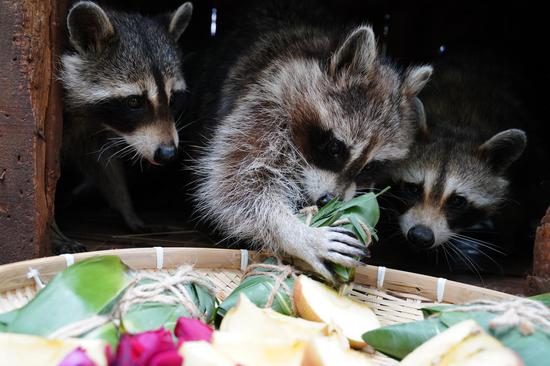







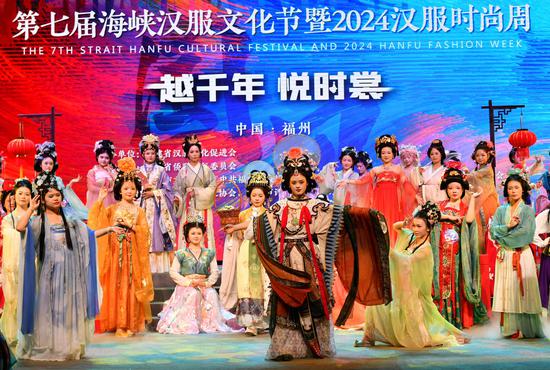



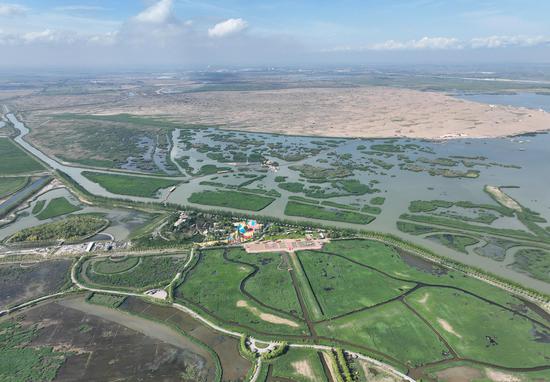


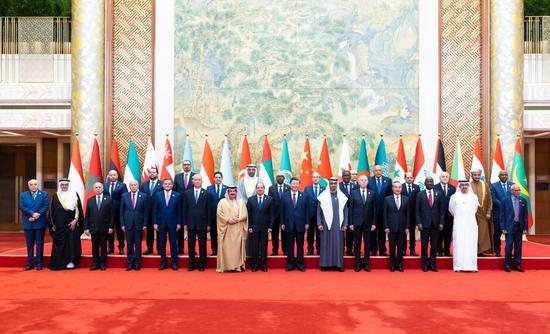
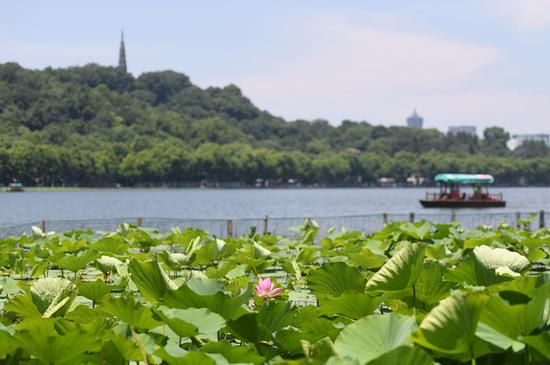
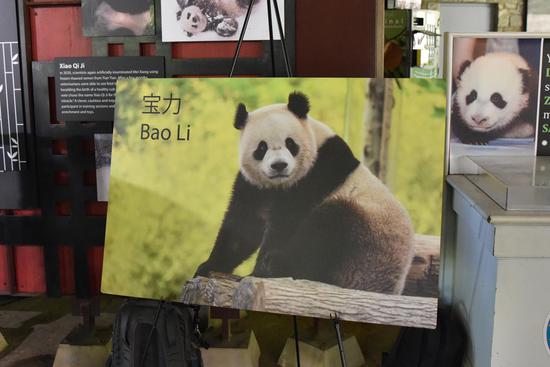





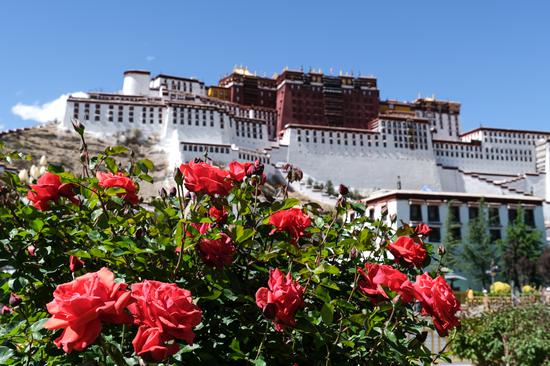

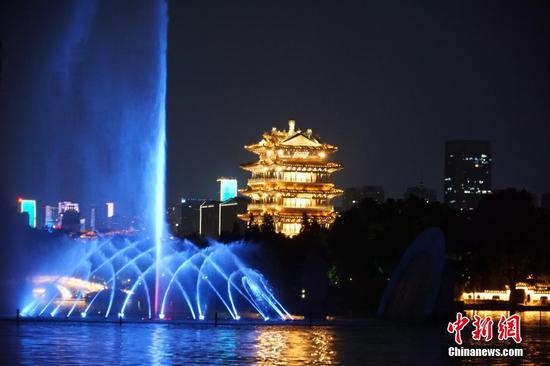


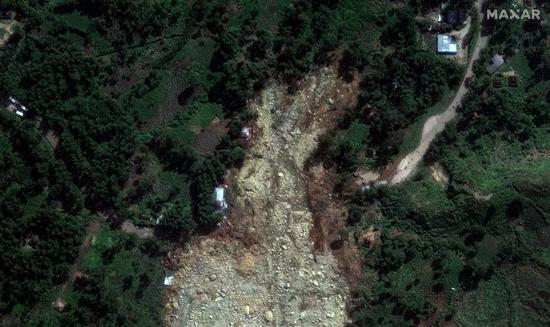

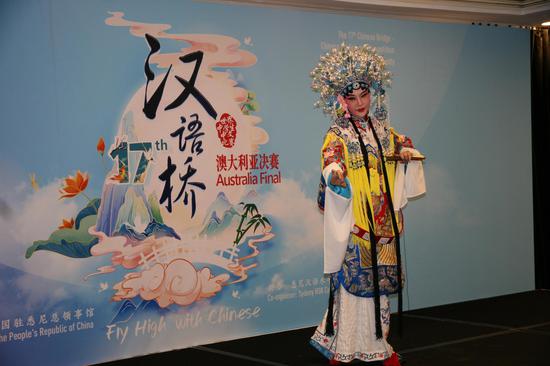

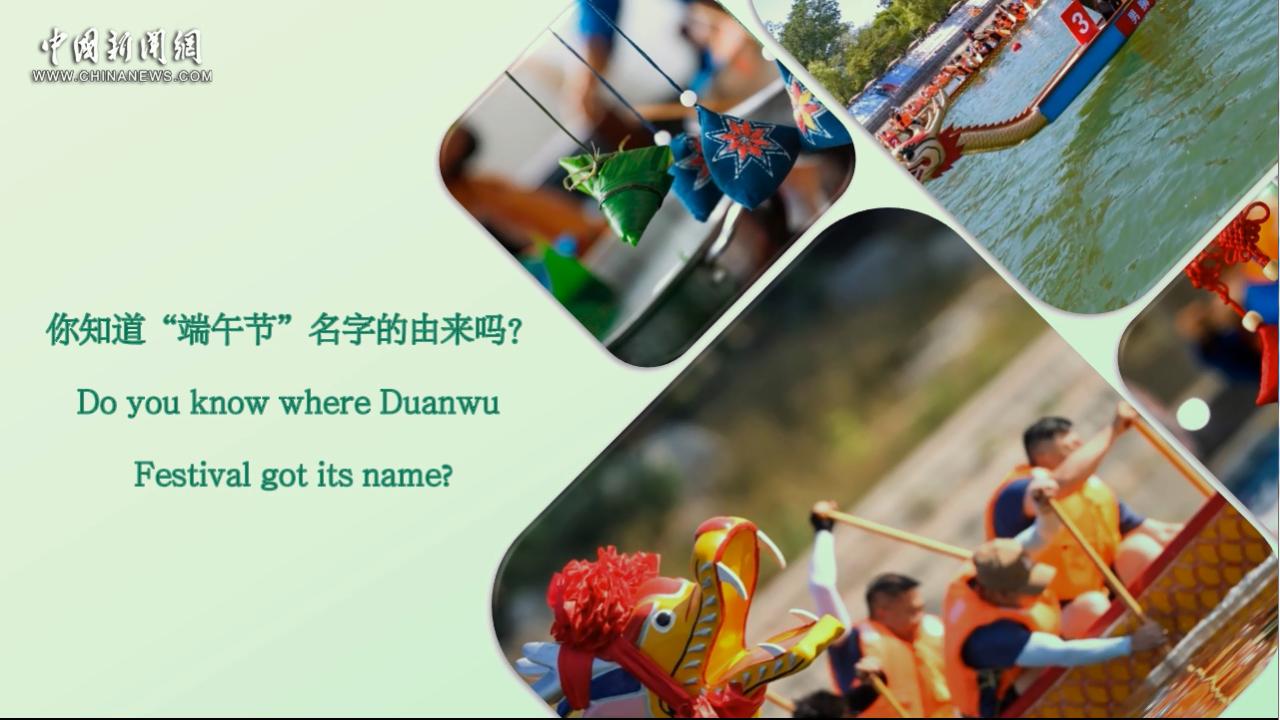



 京公网安备 11010202009201号
京公网安备 11010202009201号